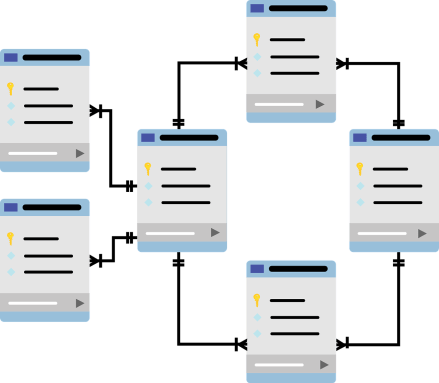The agile software development process is based on four time-honored, yet simple, tenets codified in the Agile Manifesto. They emphasize responding to change, actively soliciting customer feedback and most importantly, shipping software as early as possible. The expected outcome is to speed up software development cycles and get relevant product into the hands of customers. Then, the cycle repeats. Test, observe, iterate and release again, always striving to increase the output of each subsequent “sprint”. Leading software infrastructure companies have taken this approach to heart, exhibiting a strong bias towards rapid product release cycles. This allows them to continuously expand their product footprint, enter new markets and stay far ahead of competitors. Agility is the beating heart of their product cycle.
The concept of a total addressable market (TAM) is well-understood by investors. It provides an estimate of the revenue opportunity available for a product or service. Companies often include this estimate in their S-1 filing, investor decks and quarterly reports. As investors, we will usually take a summary view, sometimes skeptical, of management’s sizing of the market and how they calculate that. As long as the TAM is big, we usually check the box and move on to historical financial indicators like revenue growth and profitability to evaluate our potential holdings.
Yet, product agility and addressable market expansion can have an impact on stock valuation, primarily for the forward view. These influences can manifest when the market perceives that a company’s TAM has expanded. This may be the result of a product announcement or strategic partnership. Even if the underlying stock’s financial metrics haven’t changed in the interim, the perceived potential associated with an expanded market opportunity can drive up valuation.
Similarly, when a company is rapidly launching new products and extending the functionality of existing ones, investors gain confidence that the company will successfully fill the addressable market. Agile companies always seem to have a new product announcement (or clusters of them), with beta customers lined up to use them. Even if the initial version isn’t complete, agile companies work with users to quickly flesh out the features that are important and discard those that aren’t. The team repeats the process, incorporating learnings and software components from the prior cycle into the next build. Because of this re-use, more customer value can be crammed into each cycle.
While some software companies embrace product agility, Cloudflare provides a textbook example. They are delivering the fastest product release cadence in software infrastructure, dazzling investors with each subsequent “Week” of releases. Not only are they rapidly iterating on existing platform capabilities, but they are entering new billion dollar markets with alarming frequency. Birthday Week delivered several major releases, which in aggregate likely doubled their TAM. And leadership claims the product development pace is accelerating from here.
In this post, I will explore the signals that investors can watch that indicate a bias towards shipping product and TAM expansion. I will conduct this investigation using Cloudflare as the example, providing updates on their recent product announcements and what this implies for future growth. In the abstract, these principles can be applied to any software infrastructure company, generating insight into why some maintain hypergrowth for years and others just seem to be plodding along.
Continue reading








